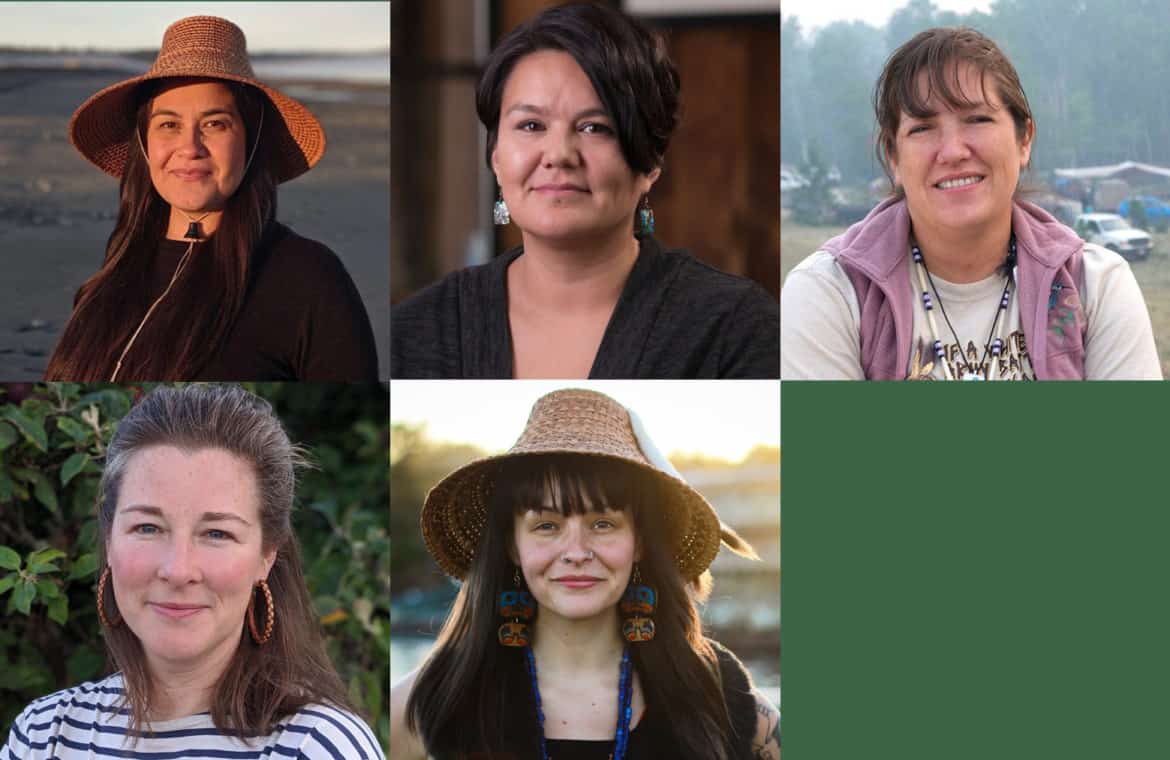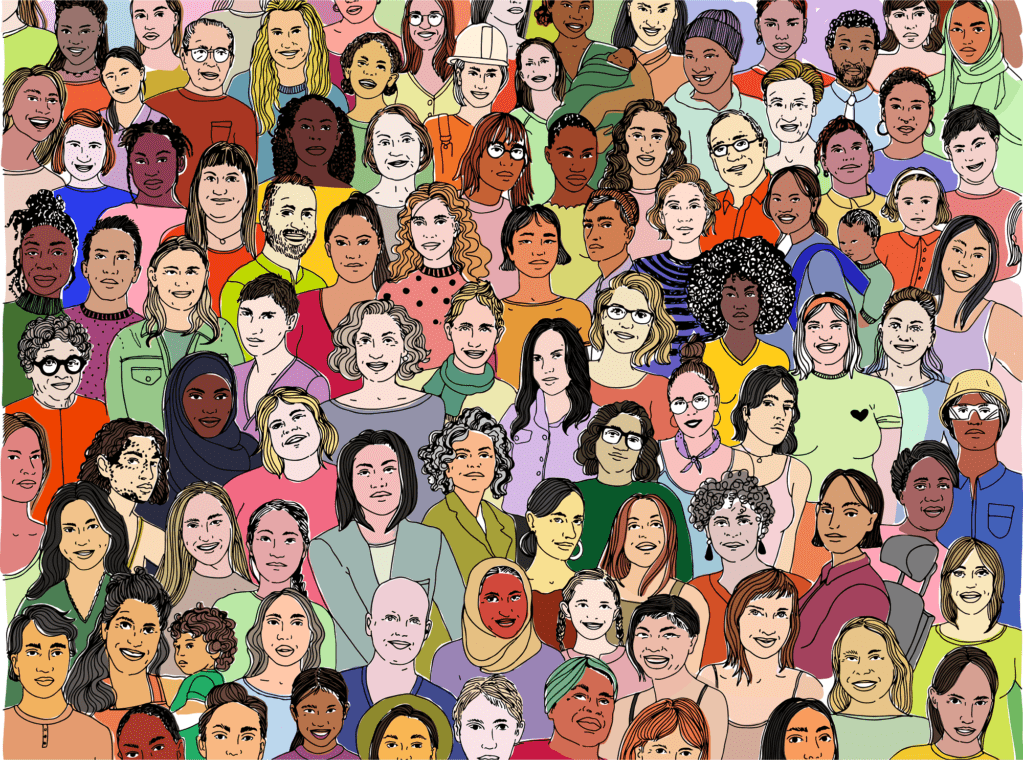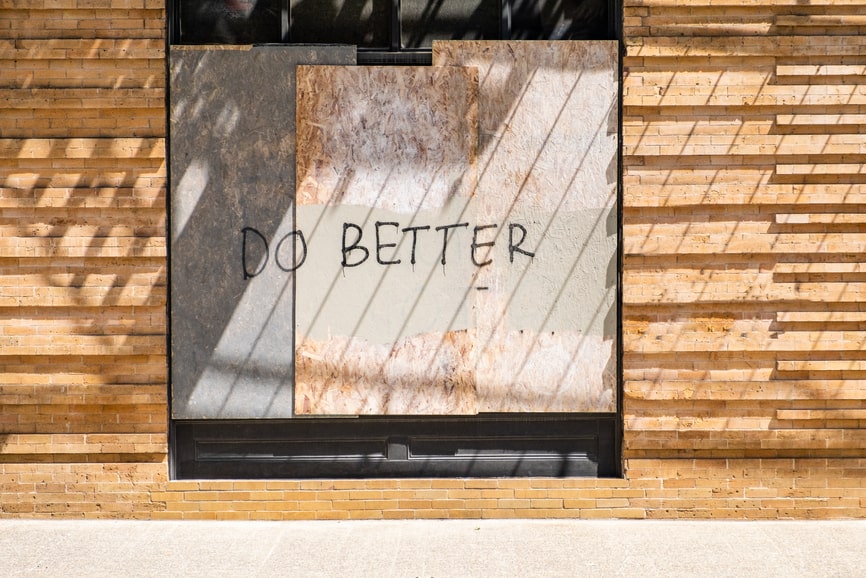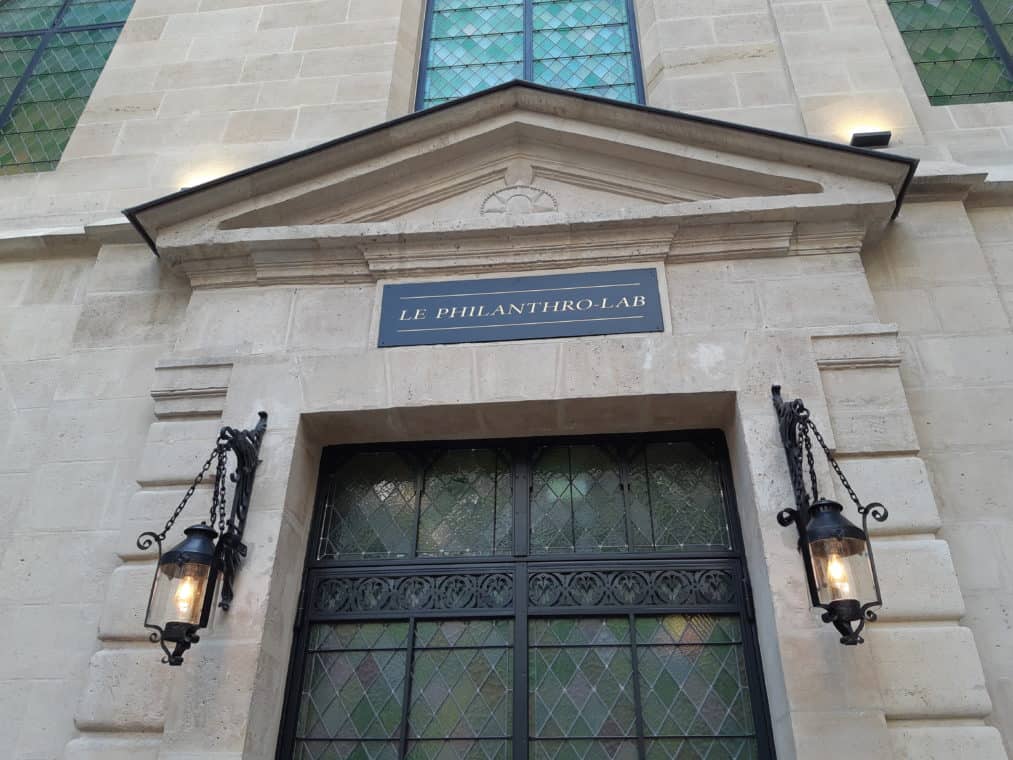Clearing the path to ‘right relations’
The Right Relations Collaborative brings together community-rooted Indigenous change-makers and aligned philanthropic partners to break down the institutional barriers that define conventional philanthropy and, at the same time, find new ways of being in relationship with one another.





